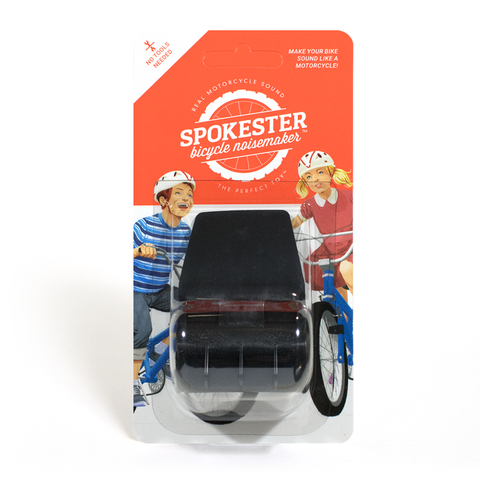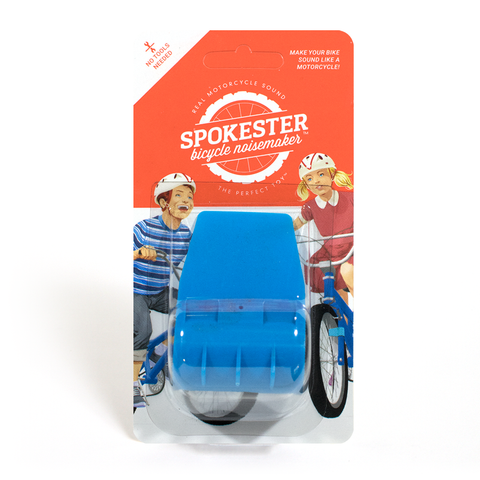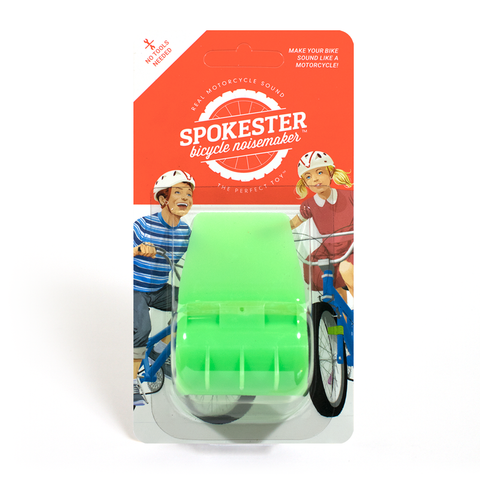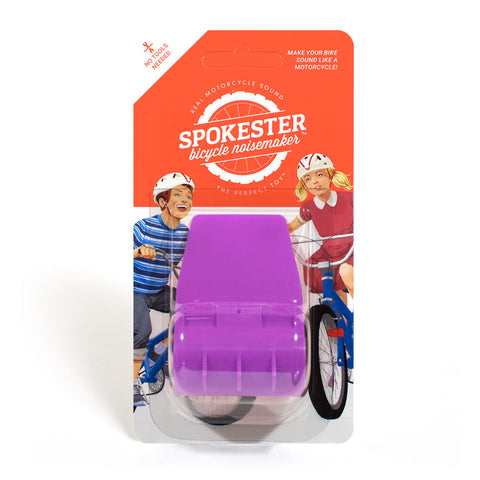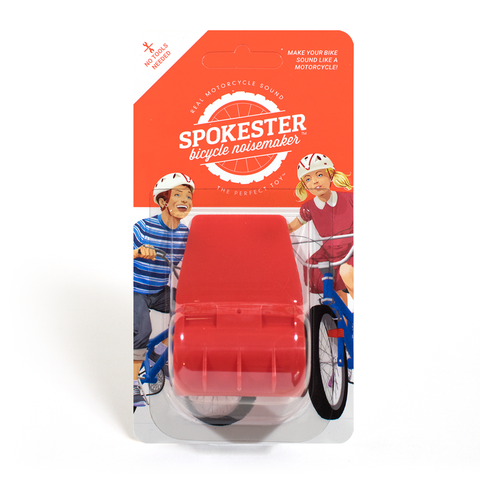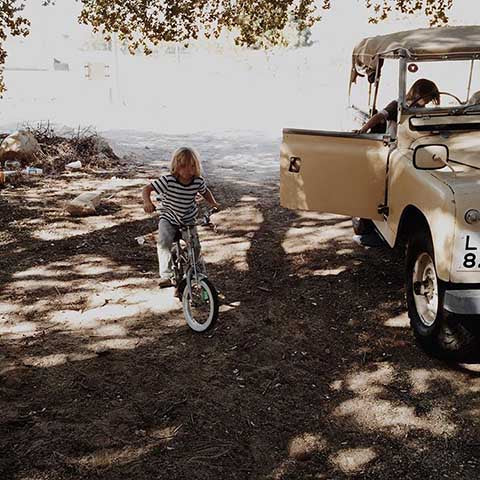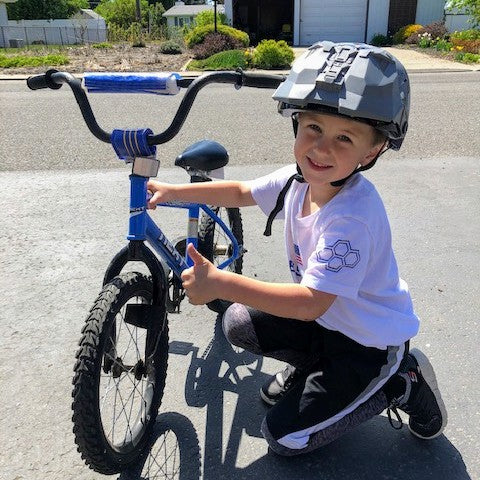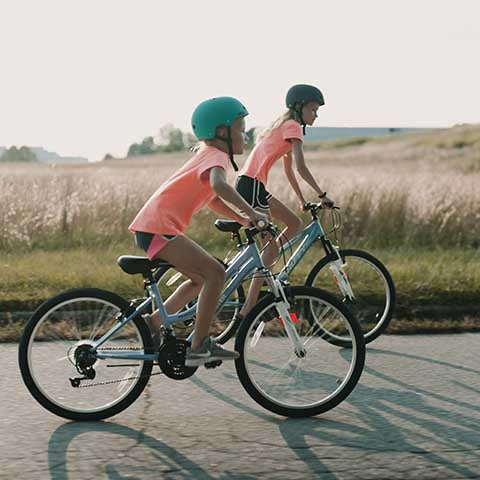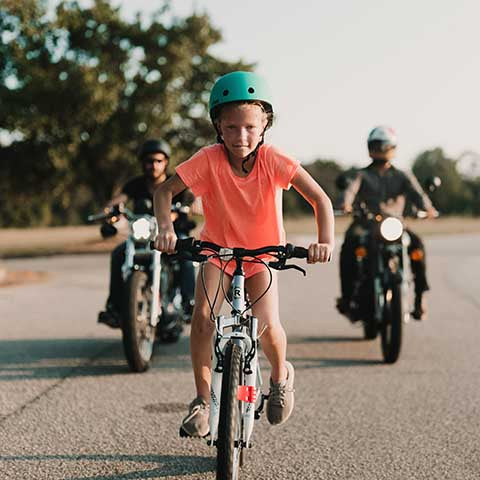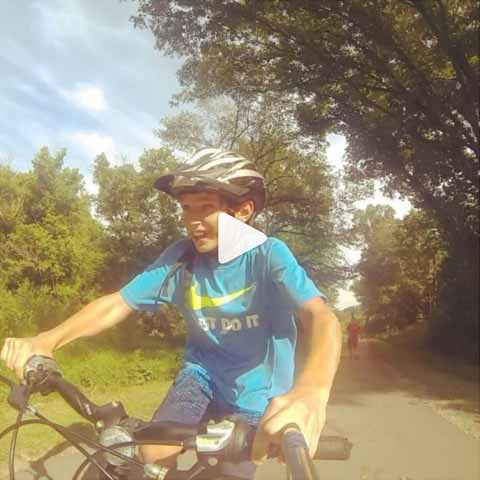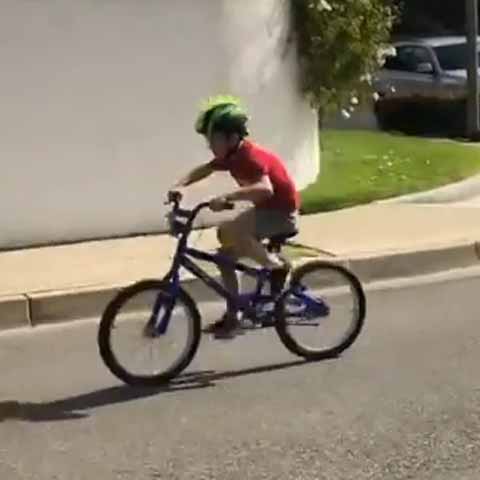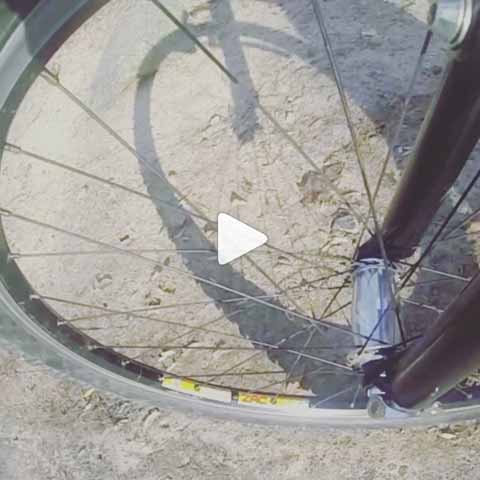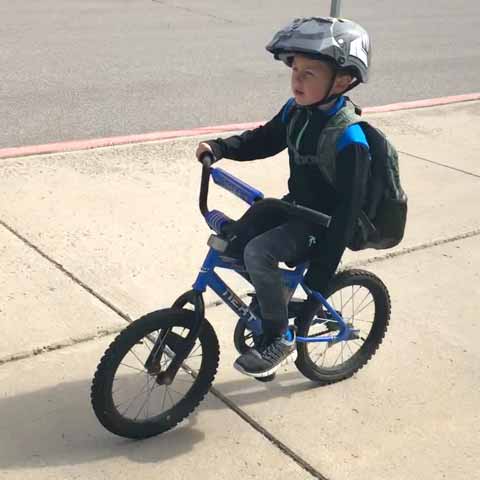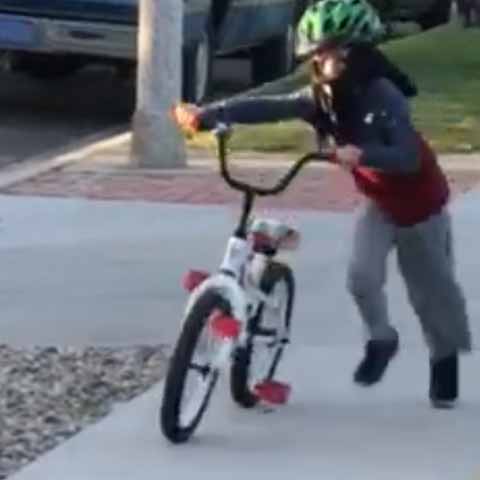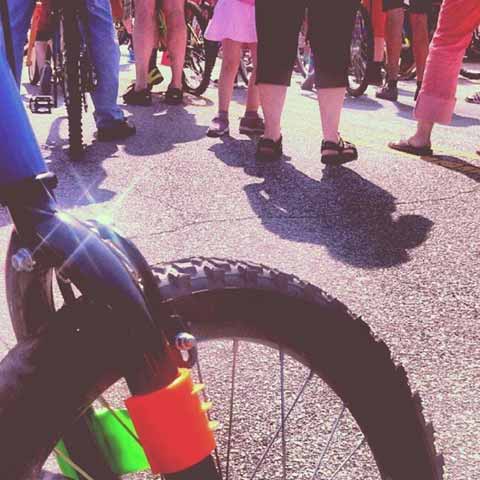Kids Bike Size Charts and How to Choose the Perfect Bike for Your Child
If you were your kid, choosing a bicycle would be simple. You'd walk into the nearest toy store, pick out the most colorful, coolest looking set of wheels in the place, throw down your piggy bank money and ride out the front door. Fortunately – for everyone involved – you are not your kid. You're an adult and have to concern yourself with adult things like your child's health and safety.
So, with safety firmly in mind, how do you find the right bike for your child? There are so many factors to consider, but the most important one is proper fit. And how do you know that the bike you're considering is the proper fit for your youngster? Here's our look at what you need to know for choosing the bike that best fits your kid's current stage of growth.
I. Kids Bike Size Charts
A kids bike size chart is your starting point. Bike size charts are easy to find. They're available at bike shops, toy stores, discount warehouses – pretty much anywhere bikes are sold. But you don't have to get in the car and drive to the store to get one. We've got you covered:
Kids Bike Size Chart – Height
The most common sizing chart. That's your child's height, by the way. Not the bike's.
| Age | Child's Height | Wheel Size |
| 2–3 years old | 2'10"–3'4" (85–100 cm) |
12" (30 cm) |
| 3–4 years old | 3'1"–3'7" (95–110 cm) |
14" (36 cm) |
| 4–5 years old | 3'7"–4'0" (110–120 cm) |
16" (41 cm) |
| 5–8 years old | 4'0"–4'5" (120–135 cm) |
20" (51 cm) |
| 8–11 years old | 4'5"–4'9" (135–145 cm) |
24" (61 cm) |
| 11+ years old | 4'9"+ (145+ cm) |
26" (66 cm) |
Kids Bike Size Chart – Inseam Length
Another sizing method, this one based on your child's inside leg length.
| Age | Inseam | Wheel Size |
| 2–3 years old | 14–17" (35–42 cm) |
12" (30 cm) |
| 3–4 years old | 16–20" (40–50 cm) |
14" (36 cm) |
| 4–5 years old | 18–22" (45–55 cm) |
16" (41 cm) |
| 5–8 years old | 22–25" (55–63 cm) |
20" (51 cm) |
| 8–11 years old | 24–28" (60–72 cm) |
24" (61 cm) |
| 11+ years old | 26'+ (70+ cm) |
26" (66 cm) |
Age: Age figures here are only an approximation related to typical height and inseam figures for kids in that age range.
II. Bike Sizes, Types and Features
Kids bikes come in sizes measured by wheel diameter, as opposed to adult bikes which are measured by frame size and seat height. Common wheel diameters for children's bikes are 12, 16, 20, and 24 inches. By comparison, adult mountain bike wheel sizes typically start at 26 inches. Note that not all brands make bikes in all of these sizes. In additon, you may run into a few manufacturers offering models with 14- or 18-inch wheels.
Types of bikes commonly available:
Balance Bikes (2 to 4 years of age)
According to the International Bicycle Fund, most children first experiment with a two-wheeler around the age of three. For those kids, a balance bike with 12-inch wheels is the typical first choice. Balance bikes are pedaless and may or may not come with a brake. Your child propels the bike by scooting along with her feet on the ground and stops by simply planting her feet.
Balance bikes are great for building a toddler's confidence, independence and, of course, sense of balance. They're very popular today as an alternative to tricycles or pedal bikes with training wheels.
Small Wheelers (3 to 5 years of age)
Small wheelers are your basic first pedal bikes. Basic is a key word here, meaning that most bikes in this category come with few features found on bigger bikes, like handbrakes and freewheel hubs. But as a transition from a balance bike or tricycle, it's a good idea to keep things simple. Consider a model with coaster brakes, which require less manual dexterity and coordination.
Small wheelers typically come with 14-inch wheels, but there are also lots of models available with 12- or 16-inch wheels. This is important. Remember: It's all about proper fit.
Middle Wheelers (4 to 6 years of age)
I'm calling the bikes in this category "middle wheelers," although you probably won't find that term when you're out shopping. Usually, they're just described by wheel size, with 16-inches the most common in this group. Middle wheelers typically, but not always, come with hand brakes and may have a gear set. Some feature a freewheel hub that allows the rider to pedal backwards. Other common features include frames made of steel or aluminum.
With middle wheelers, kids pick up some real speed when riding and so it's essential that your child has developed the necessary coordination and dexterity for balance, steering and working the hand brakes.
20-Inch Wheel Bikes (5 to 9 years of age)
Gear sets, hand brakes and suspension systems start showing up a lot more with 20-inch models. You'll also start seeing terms like "road bike," "mountain bike" and "cruiser". In other words, specialization starts creeping in at this level, bringing with it a variety of styles and features.
What all of this means is that you and your youngster will have to put some thinking into the type of riding he intends to do: on road, off road, racing, jumping, etc. A good bike isn't cheap and if you're not careful, you may end up with a model that doesn't fit his needs.
BMX Bikes
There's another style of bike in the 20-inch realm that you might hear your kid begging you for. BMX bikes were born out of the motocross motorcycle world and were originally all about dirt racing on tracks with jumps and banked turns. Today, they have a much broader appeal, mostly because of their durability and looks. BMX bikes typically come with one gear, lightweight frames and knobby tires. 20-inch wheels are common, but you can find models in almost any wheel size. Quality BMX models are ridden hard and built tough, so if you've got a kid like that, a BMX bike may be your choice.
24-Inch Wheel Bikes (7 and up)
24-inch wheel bikes can be thought of as transition-to-adult bikes mainly because they come with adult bike features (transmissions with up to 36 gears, front suspension, etc.) Road bike, mountain bike, the minimally-featured cruiser style, and BMX models are all available in this category. Advanced features, such as hub brakes, can also be found.
Extra features usually mean higher prices and the chance for more to go wrong. The simpler, the better is good advice. But let's face it, at this point, the choice may be your kid's, not yours.
III. Measuring Your Child
Height: Have your child stand against the wall, without shoes on and with her feet slightly less than shoulder length apart. Use a measuring tape or yardstick to measure from the ground to the top of her head. Record the result in inches or centimeters, whichever is appropriate.
Inseam: Have your child stand against the wall, without shoes and with his feet slightly less than shoulder length apart. Place a book between his legs, book spine up, and against the wall. Slide the book up to where the spine firmly meets your child's crotch. Have your child move away. Use a pencil to mark where the book's spine meets the wall and then measure from the ground to the pencil mark. Record the result in inches or centimeters, whichever is appropriate.
So, you've measured your child and checked the charts. Ready to go buy a bike? Not so fast. As we said, kids bike size charts are your starting point, but they're only that. You've still got some work to do.
IV. Maturity and Ability
Your child is an individual, unique to every other one out there. That's what parents believe and they're right. Parents are also prideful, and sometimes that pride will lead them believe that their child is more mature than she really is. And that can be dangerous. The fact is that, regardless of age or height, or what a kids bike size chart says, your child may simply not be ready, in terms of maturity or physical ability, to move up to a bigger ride.
Well, that's not exactly true. Your youngster may have grown to a height that makes her ready for a bike with bigger wheels, but not for handling the more sophisticated features – such as hand brakes – typically found on bigger bike models.
So, how do you assess your kid's abilities when it comes to a new bike? First of all, no one knows your child better than you do, and you've seen how she does when compared to other kids of the same age. In other words, you probably have a pretty good instinct for where your child stands in terms of maturity and coordination. Trust that instinct, for starters anyway. You're also going to have her take a test ride before you buy.
V. Shopping for your Kid's New Bike
Nothing's more fun on Christmas or a birthday than surprising your little one with a brand-new shiny bicycle, one that he'll want to immediately take outside and show off to the neighborhood. Here's an important piece of advice: forget it. That is unless you're prepared to tear your youngster off of that new bike and return it for a full refund.
When shopping for your child's new bike, here's your first rule: Take your kid with you. Going to the store with just your child's measurements and a kids bike size chart is a big mistake. In order to find the perfect bike for your perfectly unique child, you have to actually put him on the bike and check the fit, and then take him outside for a test ride.
Here's your second bike shopping rule: Be sure that the bike you are putting your child on is the exact same model as the one you are considering to buy. In fact, it's better to put your child on the exact bike you're thinking of buying, and if the exact bike or model is not available, come back another day. Or go somewhere else.
And remember to bring your child's bike helmet with you on your shopping trip. It's for the test ride. If your kid doesn't have one, you know what your first purchase will be.
Where to Shop
You know the options: sporting goods and toy stores, big box and discount warehouses. But your best bet may just be your good old neighborhood bike shop. That's where you are most liable to find a knowledgeable and experienced salesperson. And expert advice is important in choosing the right bike. Other issues, like assembly and maintenance, are also likely to be best met in a bike shop. That's not to say you can't get quality advice and service elsewhere. But if you're not comfortable with the level of expertise offered at one store, it's best to move on to another.
Fitting the Bike
Have your child sit on the bicycle's seat and grasp the handlebars. If you're trying out a balance bike or a first pedal bike, your kid should be able to place the balls of both feet comfortably on the ground. For second and subsequent pedal bikes, you want your child on her tippy toes when seated in the seat.
Next, ask your child to straddle the top bar, if there is one. According to Consumer Reports, there should be a 1- to 2-inch space between her crotch and the bar. No more, no less.
The Test Ride
Have your child walk the bike outside the store and, wearing his helmet, climb on and take the bike for a ride. Check for a safe riding area first, of course. Observe your child's fit, balance, comfort and confidence while riding. Have him pedal, steer, turn and brake. If he does well and likes riding the bike, you may have found your winner. Don't hesitate to try out other models, though. As much as your youngster may like the first bike he rides, he may prefer another one more.
Now you've reached the point where it's almost time to pay up and take your kid and her new bike home. One more point first. Many parents are reluctant to spend a lot of money on a kid's bike that will likely be discarded in a couple of years. If that's your thinking, consider this: Going for a cheaper bike can be a mistake. More expensive bikes are often higher quality and feature lighter weight, greater durability and better control.
Remember your biggest "adult" concern: your child's health and safety.
← Older post Newer post →
